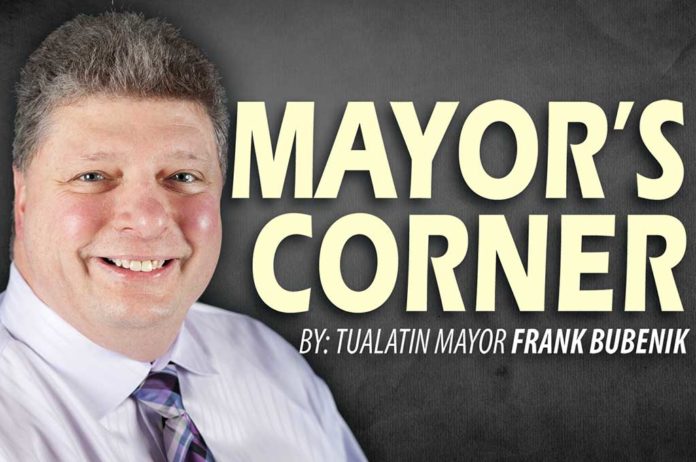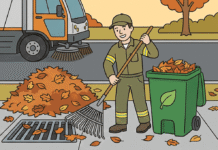Age-Friendly Cities: Preparing for America’s Aging Population
Council President Valerie Pratt and I attended the AARP of Oregon’s 2025 Age-Friendly Oregon Summit on September 18th at PSU and learned a great deal. The United States is approaching a major demographic shift—every Baby Boomer will be 65 or older by 2030, and the 65+ population is projected to grow substantially—cities must move from “aging tolerant” to genuinely age-friendly. Robust planning now keeps older residents healthy, independent, and connected while strengthening communities for everyone.
Age-friendly cities follow practical, evidence-based priorities: safe, walkable outdoor spaces and accessible housing; reliable, affordable transportation; clear communication and digital inclusion; health and community services tuned to older adults; and opportunities for social, civic, and economic participation. The World Health Organization’s framework lays out these eight interlocking domains that guide local action.
Why it matters now: aging populations increase demand for accessible transit, home-based care, and age-appropriate housing—needs that, if unaddressed, raise healthcare costs, deepen isolation, and constrain local labor markets. By contrast, age-friendly policies reduce preventable hospitalizations, boost mental health and civic engagement, and help older adults remain contributors to local economies (as volunteers, workers, caregivers, and consumers). Research on community interventions shows measurable health and social benefits when cities adopt age-friendly practices.
Actionable steps for U.S. cities: involve older residents in planning; perform needs assessments; adopt AARP/Age-Friendly Network priorities (housing, caregiving, inclusive public spaces); invest in accessible transit and sidewalks; expand local health and home-support services; and track outcomes with disaggregated data to ensure equity. Municipal investment pays off through lower long-term care costs, stronger local economies, and more resilient neighborhoods.
An age-friendly city is not just about accommodating longer lives – it’s about designing places where people of every age can thrive. With a surge in older adults imminent, cities that act now will be healthier, fairer, and more prosperous for everyone.
Please email me if you feel this is an important topic to look into, and if you are willing to volunteer your time in exploring what can be done in Tualatin.





















